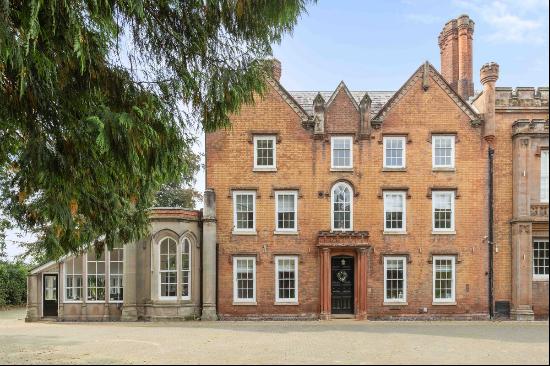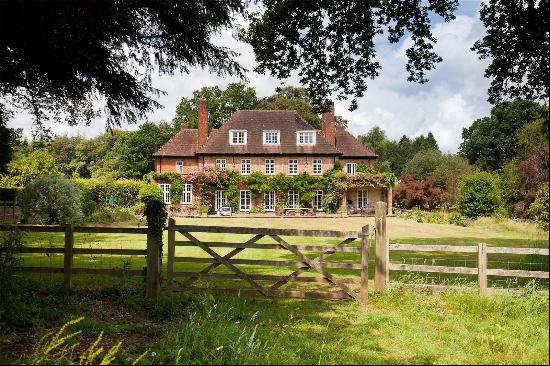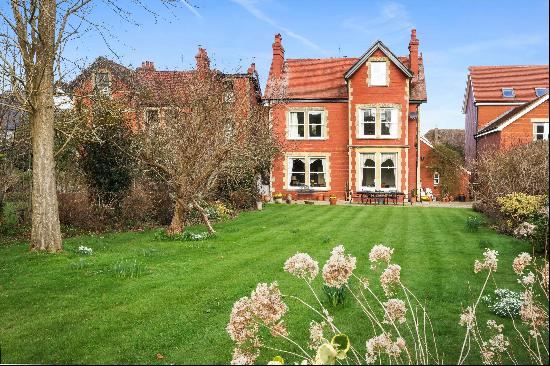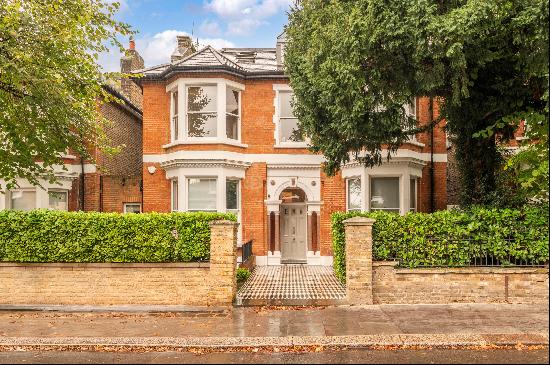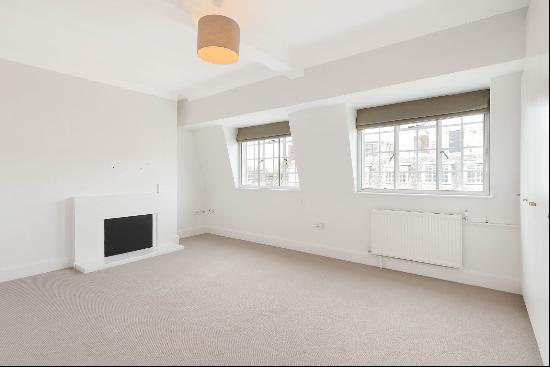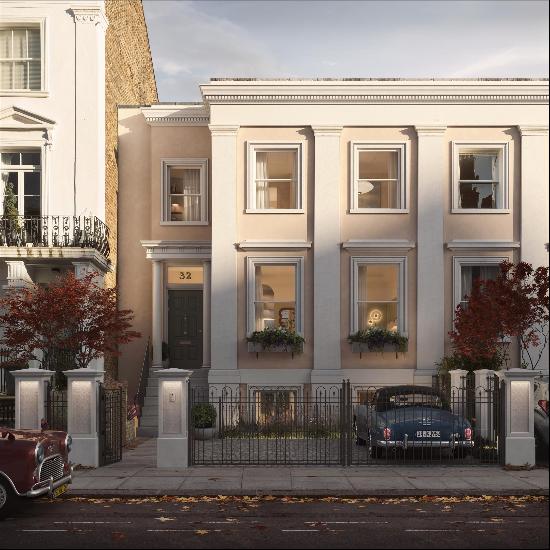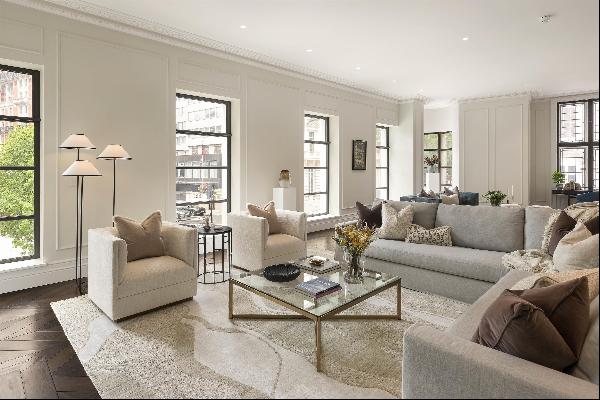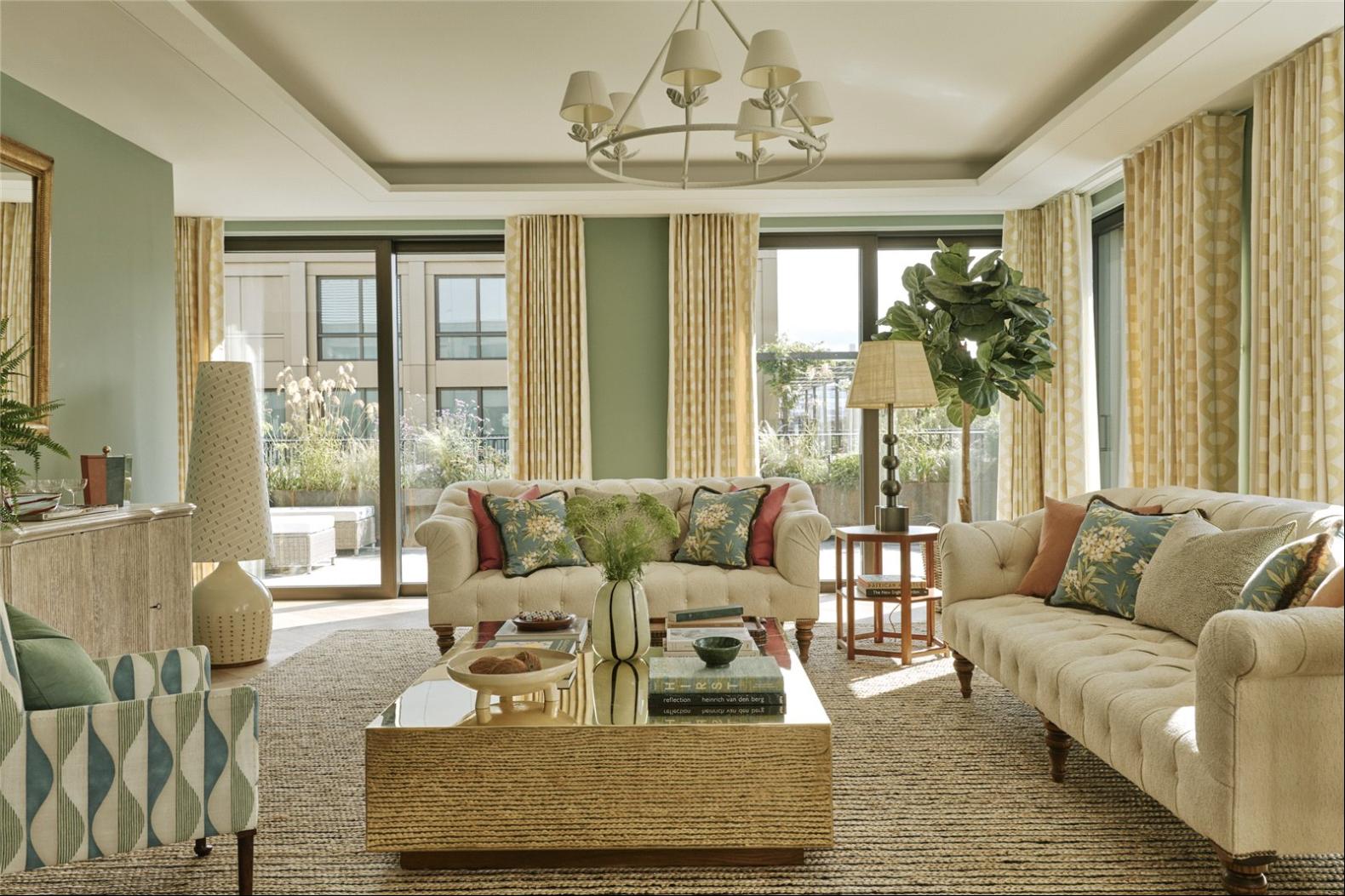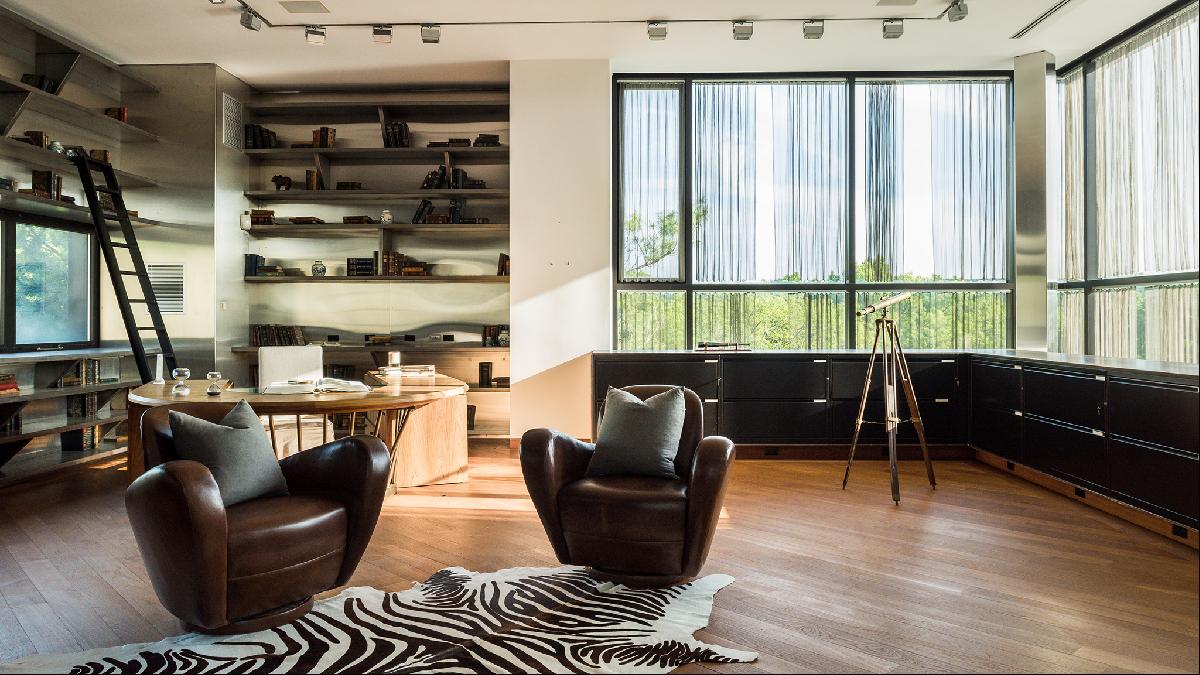
By Edwin Heathcote
To some extent, no matter how modest our homes, we are all collectors. We prize objects, artworks, books, records, even if their value might be more personal than financial. Some people are lucky enough to own a collection of privately acquired artworks, some even live in homes built for the purpose of showing off that collection. At least they can still enjoy their artworks during lockdown while those of us who usually experience visual culture in public spaces feel its absence.
A couple of years ago, the idea of how we might live with art in our homes rather than in a museum was rekindled with the reopening of collector Jim Ede’s Kettle’s Yard in Cambridge.

In fact, the modernist home, so often associated with a dry, ascetic minimalism, was always seeped in art and things, in collections and paintings, the sheer joy of stuff. Think of Ernő Goldfinger’s house in Willow Road, London, the Eames House in Pacific Palisades, Los Angeles, or Lina Bo Bardi's Casa de Vidro in São Paulo: they are houses made for living with art as well as space.

Some properties are now being marketed directly to art collectors as private venues, blurring the line between institution and home. But it can be a very particular idea of art. Take, for instance, 100 East 53rd Street, a skinnyscraper designed by Foster + Partners set beside Mies van der Rohe’s sublime Seagram Building. Fifteen loft apartments marketed as housing for art collectors and shown with big, statement pieces; the idea being, I suppose, that the market for super-prime New York real estate and big ticket art is effectively the same.

Perhaps there is some truth to it but the effect is of generic space suited to generic contemporary art — a big Hirst canvas or Koons sculpture perhaps. It is an idea of an art collector that has become a bit of a cliché rather than an actual, embodied client.
You might say something similar about Jean Nouvel's nearby 53 West 53, a tower which accommodates part of MoMA at its base. A clearer illustration of the porosity of the line between real estate and art investment would be difficult to find. Buyers get a free pass to the museum next door. Considering the prices of the apartments, the service charges and the city’s top-end property taxes, they could probably afford a ticket.

More interesting, perhaps, are the projects commissioned and built for individuals. Think Architecture’s fiercely, almost brutalist concrete monolith in Zurich takes the language of the contemporary art institution and uses it to create a dwelling. Crisp, cool and concrete, it takes its cue from the white cube rather than the quirky home. I am not sure how this language adapts to the exigencies of everyday life but it does, at least, bow to the art which will fill it, leaving space for the works to be appreciated.
Italian practice Supervoid also employed the architectural tropes of the gallery for its apartment for an art collector in Rome’s Palazzo Doria Pamphilj. The palazzo is itself a baroque feast of art and architecture with a museum. But for the apartment interior the architects referred instead to the radical Italian modernism of the 1960s and 70s, of Superstudio and Archizoom Associati with their white grids and ethereal abstraction.

The interior is eerily crisp, evoking Kubrick’s apartment in the last scene of 2001: A Space Odyssey. The billowing, backlit ceilings recall the gallery and the hyper modernism of a sci-fi projection, yet the art, in its gilded frames and stone carving, is pure Rome. It is precisely the juxtaposition that makes it all so visually arresting.
In his own house in Sussex, Nithurst Farm, architect Adam Richards incorporated his collection into the walls. One room features a wall of antique tapestries overlaid with a collection of abstract prints. It is a curious collage, overlaying two genres of valuable art of entirely different materials and sensibilities and yet that is exactly what makes it individual and intriguing, giving a sense of depth where white walls imply the opposite — a kind of submission to the future.

Team Architects’ Cape Town house for collector Michael Fitzgerald in the Bo-Kaap neighbourhood also revels in the layering of art and architecture. Shuttered concrete walls contrast with backlit virtues for glass and densely packed shelves of folk art. It builds on the motifs of Japanese minimalism (unavoidably Tadao Ando) but crams them full of stuff.
The problem, however, is that art is so personal. One collector’s idea of how to display — and what to display — can be very different from another’s. Art might be an investment but a house built for art is almost certainly, paradoxically, not.
Nowhere is this more clearly illustrated than in a property built by Rafael Viñoly, architect of London’s Walkie Talkie tower and Philadelphia’s Kimmel Center, for art collector and philanthropist Alice Lawrence. Built in Ridgefield in Fairfield County, Connecticut, in 1984 it is an undoubtedly spectacular space and yet it has been on and off the market for more than a decade. It is now priced at $9.75m.

Like the art itself, it might be an investment. Or it might not.
Check out the Rafael Viñoly-designed house in Connecticut on FT Property Listings.
Photographs: Daniel Milstein Photography; Kettle’s Yard; Alamy; Bjorg Magnea Architectural and Interior Photography; Dreamstime; Stephen Kent Johnson; Brotherton-Lock



